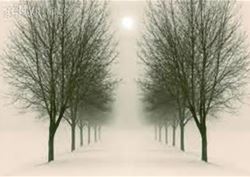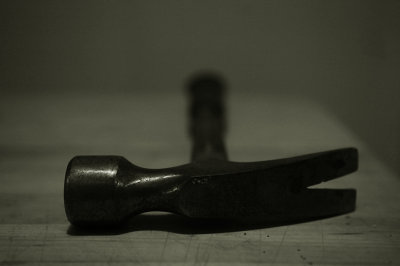Chapter 5, Portraits, Photography Retest
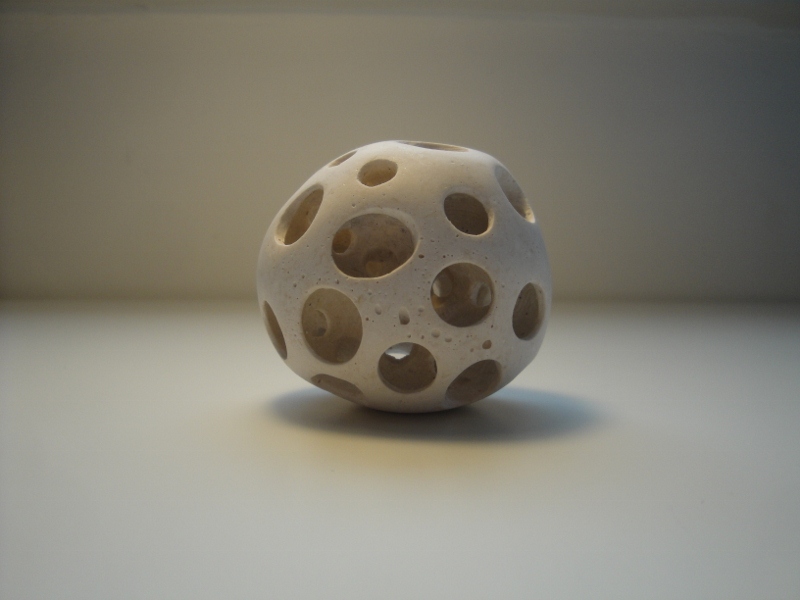
- 1.
Size constancy
- A.
Refers to using only the same shapes of objects in an artwork
- B.
Refers to the tendency to see the same object as the same size (no matter the distance) in an artwork
- C.
Refers to the technique of not changing the shape of the object in an artwork
Correct Answer
B. Refers to the tendency to see the same object as the same size (no matter the distance) in an artworkExplanation
Size constancy refers to the tendency to see the same object as the same size (no matter the distance) in an artwork. This means that even if an object appears smaller or larger due to its distance from the viewer, our perception of its size remains consistent. Size constancy allows us to accurately interpret the size of objects in a two-dimensional artwork, even though they may be depicted with different sizes on the canvas.Rate this question:
-
- 2.
This sculpture best illustrates
- A.
Geometric/open
- B.
Positive
- C.
Organic/open
- D.
Figure/ground reversal
Correct Answer
C. Organic/openExplanation
This sculpture best illustrates an organic/open form. The use of flowing lines and natural shapes in the sculpture suggests a connection to nature and the absence of rigid geometric structures. The open form allows for a sense of movement and space within the sculpture, creating a more dynamic and free-flowing composition.Rate this question:
-
- 3.
This artwork illustrates:
- A.
Repeating organic
- B.
Repeating geometric
- C.
Size constancy
- D.
Foreshortening
Correct Answer
B. Repeating geometricExplanation
This artwork illustrates repeating geometric patterns. Geometric patterns are characterized by regular and repeated shapes, such as squares, triangles, or circles. In this artwork, there are likely repeated shapes or motifs that follow a geometric pattern. This could be seen through the use of symmetrical shapes or the repetition of specific geometric elements throughout the composition.Rate this question:
-
- 4.
This sculpture is and example of a ________________________________ artwork.
- A.
Foreshortened shape
- B.
Closed/geometric form
- C.
Open/geometric form
- D.
Positive/geometric shapes
Correct Answer
C. Open/geometric formExplanation
This sculpture is an example of an open/geometric form artwork because it has a distinct geometric shape that is not enclosed or fully solid. The sculpture's form is characterized by open spaces and angles, giving it a sense of airiness and lightness. The use of geometric shapes adds a structured and organized feel to the artwork.Rate this question:
-
- 5.
- A.
Organic/negative form
- B.
Geometric/open form
- C.
Ground/negative form
- D.
Geometric/closed form
Correct Answer
B. Geometric/open formExplanation
Geometric open form refers to a type of design or artwork that is characterized by the use of geometric shapes and forms that are open or not completely enclosed. This means that the shapes or forms do not have a clear boundary or outline. In contrast, geometric closed form refers to shapes or forms that are completely enclosed or have a clear boundary. Therefore, the answer "geometric/open form" is the correct choice as it accurately describes the characteristics of this type of design or artwork.Rate this question:
-
- 6.
When comparing these two pictures showing a sunset. The term that best describes the image on the left compared that of the image on the right. .
- A.
Closed/organic image
- B.
Open/geometric image
- C.
Closed/geometric image
- D.
Open/organic image
Correct Answer
A. Closed/organic imageExplanation
The term "closed/organic image" best describes the image on the left compared to that of the image on the right. This means that the image on the left has a closed composition, with elements that are contained within the frame and do not extend beyond it. Additionally, the image on the left has a more organic feel, with natural elements and a sense of fluidity or movement.Rate this question:
-
- 7.
This artwork illustrates________________. When you focus on the center, you see a vase and when you focus on the outside images, you see two faces. Depending on what exactly you focus on will give you a different result. Can you see the two characters with sombreros on their heads?
- A.
Figure/ground reversal
- B.
Positive/open form
- C.
Positive/ground
- D.
Foreshortening
Correct Answer
A. Figure/ground reversalExplanation
This artwork demonstrates figure/ground reversal. Figure/ground reversal occurs when the perception of an image alternates between two different objects or forms. In this case, when focusing on the center of the artwork, a vase can be seen, while focusing on the outside images reveals two faces. This shift in perception depending on where the focus is directed is a clear example of figure/ground reversal.Rate this question:
-
- 8.
This photo illustrates
- A.
Organic/open
- B.
Foreshortening
- C.
Leading lines
- D.
Aerial perspective
Correct Answer
D. Aerial perspectiveExplanation
This photo illustrates aerial perspective. Aerial perspective refers to the technique of creating depth and distance in a photograph by using the natural atmospheric haze that occurs when objects are far away. In this photo, the objects in the distance appear less detailed and have a bluish tint, indicating that they are further away. This creates a sense of depth and distance in the image.Rate this question:
-
- 9.
This photo illustrates
- A.
Framing
- B.
Aerial perspective
- C.
Geometric/repeating shapes/forms
- D.
Organic/repeating shapes/forms
Correct Answer
C. Geometric/repeating shapes/formsExplanation
The correct answer is geometric/repeating shapes/forms. This is because the photo showcases a clear repetition of geometric shapes or forms. These shapes may be squares, rectangles, circles, or any other geometric figure that is repeated throughout the image. The repetition of these shapes adds a sense of order and structure to the composition, creating a visually pleasing and balanced effect.Rate this question:
-
- 10.
This photo illustrates.
- A.
Leading lines
- B.
Aerial perspective
- C.
Repeating organic shapes and forms
- D.
Asymmetrical balance
Correct Answer
A. Leading linesExplanation
The correct answer is leading lines. This photo likely contains prominent lines or elements that guide the viewer's eye towards a specific point of interest or create a sense of depth and movement within the composition. These lines can be straight or curved and can be found in various elements such as roads, pathways, buildings, or natural formations. The purpose of leading lines is to create visual interest and direct the viewer's attention to the main subject of the photo.Rate this question:
-
- 11.
This photo illustrates:
- A.
Foreshortening
- B.
Diminishing size
- C.
Framing
- D.
Geometric shapes
Correct Answer
C. FramingExplanation
This photo illustrates framing because it uses elements within the scene to create a border or frame around the subject. The tree branches in the foreground create a natural frame around the landscape in the background, drawing the viewer's attention to the main subject.Rate this question:
-
- 12.
This photo illustrates:
- A.
Foreshortening
- B.
Leading lines
- C.
Closure
- D.
Closed shapes
Correct Answer
B. Leading linesExplanation
This photo demonstrates the concept of leading lines. Leading lines are elements within a photograph that guide the viewer's eye towards a specific focal point or subject. In this photo, there are prominent lines that draw the viewer's attention towards a particular area or object, creating a sense of depth and direction. The lines in the photo act as visual cues, leading the viewer's gaze and creating a sense of movement within the image.Rate this question:
-
- 13.
- A.
Symmetrical balance
- B.
Repeating geometric
- C.
Geometric/closed
- D.
Foreshortening
Correct Answer
A. Symmetrical balance -
- 14.
- A.
Closure
- B.
Framing
- C.
Foreshortening
- D.
Leading lines
Correct Answer
C. Foreshortening -
- 15.
When taking photos or drawing a picture or creating a painting, which of the following statements is true about the Rule of Thirds?
- A.
Divide the area in three and set the main subject at the bottom right of the space
- B.
Divide the area in three and center the subject matter in the middle of the space
- C.
Divide the area in three and set the main subject so that it hits ALL OF THE POINTS where the the three areas meet
- D.
Divide the area in three and set the main subject so that it hits one or more of the points where the three areas meet
Correct Answer
D. Divide the area in three and set the main subject so that it hits one or more of the points where the three areas meetExplanation
The Rule of Thirds in photography, drawing, or painting suggests dividing the area into three equal parts both horizontally and vertically. By placing the main subject of the composition at one or more of the points where the lines intersect, it creates a more visually pleasing and balanced image. This technique helps to avoid placing the subject directly in the center, which can make the composition appear static and less interesting.Rate this question:
-
- 16.
This photo illustrates :
- A.
Framing
- B.
Lines of sight
- C.
Leading lines
- D.
Directional lines
Correct Answer
B. Lines of sightExplanation
The photo illustrates lines of sight because it shows multiple lines that guide the viewer's gaze towards a specific focal point or subject in the image. These lines can be seen in the composition, such as the lines created by the road, the buildings, or the positioning of the subjects in the photo. These lines help to direct the viewer's attention and create a sense of depth and perspective in the image.Rate this question:
-
- 17.
The shape most commonly used for the head form is ______________
- A.
A circle
- B.
An oval
- C.
A ellipse
- D.
A egg shape
Correct Answer
B. An ovalExplanation
The shape most commonly used for the head form is an oval. An oval is a rounded shape that is slightly elongated, resembling the shape of a human head. It is commonly used because it closely resembles the actual shape of a head, providing a more accurate representation for various purposes such as art, design, and medical studies.Rate this question:
-
- 18.
When drawing a portrait, an artist can use the width of an eye in order to find out how wide the head (across) should be. To draw the mouth the edges of it line up with the _______________.
- A.
Ears
- B.
Pupils
- C.
Nose
Correct Answer
B. PupilsExplanation
When drawing a portrait, an artist can use the width of an eye to determine the width of the head. Similarly, to draw the mouth, the artist can use the alignment of the edges of the mouth with the pupils. This technique helps to ensure accurate proportions and symmetry in the portrait.Rate this question:
-
- 19.
To draw the human head the artists must
- A.
Start at the top of the forehead and end at the chin.
- B.
Start at the middle of the top of the head and goes just in front of the neckline
- C.
Start at the back of the top of the head and the edge of the neck.
Correct Answer
B. Start at the middle of the top of the head and goes just in front of the necklineExplanation
When drawing the human head, it is important for artists to start at the middle of the top of the head and go just in front of the neckline. This is because the middle of the top of the head is where the hairline usually begins, and going just in front of the neckline ensures that the entire head is captured in the drawing. Starting at the top of the forehead and ending at the chin or starting at the back of the top of the head and the edge of the neck would not provide a complete representation of the human head.Rate this question:
-
- 20.
When drawing the ears, a common mistake that young artists make is to draw what they think the ear should look like. Artists must employ the technique of ___________________ in order to make the ears look correct on the sides of the head.
- A.
Figure/ground reversal
- B.
Foreshortening
- C.
Form
- D.
Perspective
Correct Answer
B. ForeshorteningExplanation
When drawing the ears, artists often struggle with accurately representing their shape and position on the sides of the head. One common mistake is drawing what they think the ear should look like instead of what it actually looks like in relation to the head. To overcome this, artists need to employ the technique of foreshortening. Foreshortening involves depicting objects or body parts that are closer to the viewer in a way that emphasizes their depth and makes them appear shorter or compressed. By using foreshortening, artists can accurately represent the ears on the sides of the head, creating a more realistic and convincing drawing.Rate this question:
-
- 21.
Sometimes an artist that creates a _________________ is using using him/herself as subject matter.
- A.
Portrait
- B.
Self portrait
- C.
Selfie
- D.
Photography
Correct Answer
B. Self portraitExplanation
An artist that creates a self-portrait is using themselves as the subject matter. This means that they are creating a representation or depiction of themselves in their artwork. Self-portraits have been a popular genre throughout art history, allowing artists to explore their own identity, emotions, and self-expression. By using themselves as the subject, artists can convey personal experiences, introspection, and self-reflection in their artwork.Rate this question:
-
Quiz Review Timeline +
Our quizzes are rigorously reviewed, monitored and continuously updated by our expert board to maintain accuracy, relevance, and timeliness.
-
Current Version
-
Mar 22, 2023Quiz Edited by
ProProfs Editorial Team -
Mar 05, 2014Quiz Created by
Flcntaylor
 Back to top
Back to top



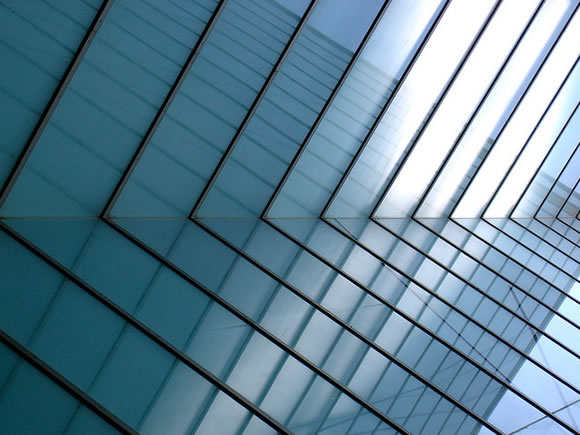
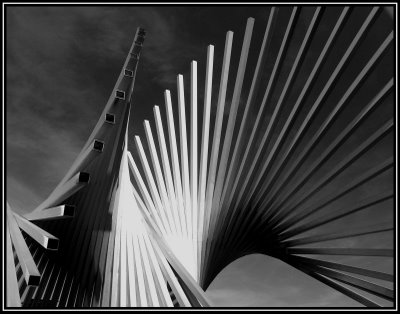
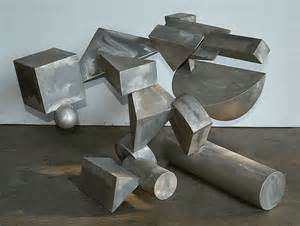
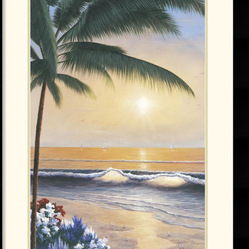
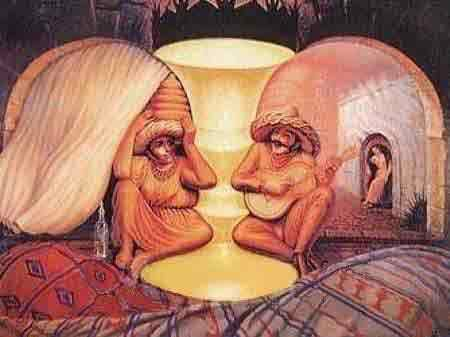

.jpg)
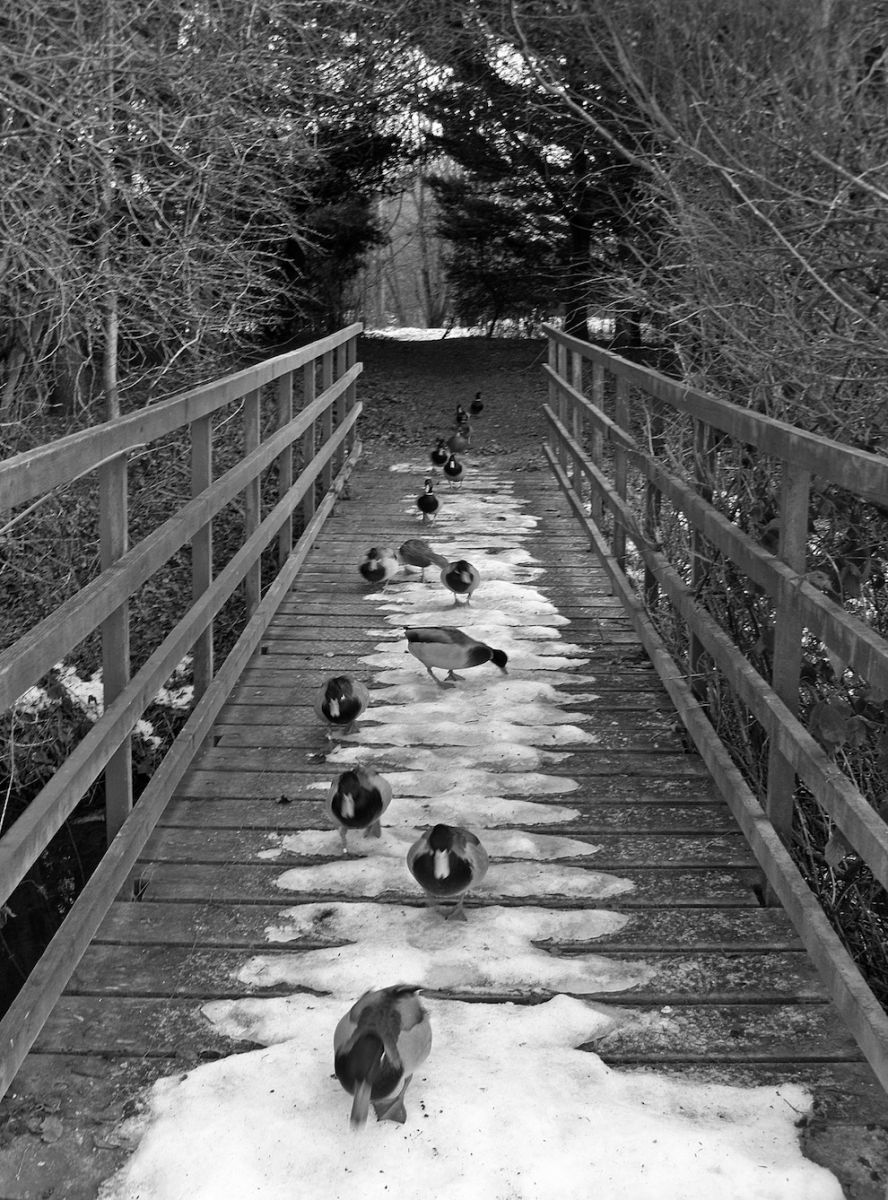
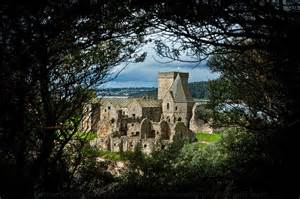
(76).jpg)
